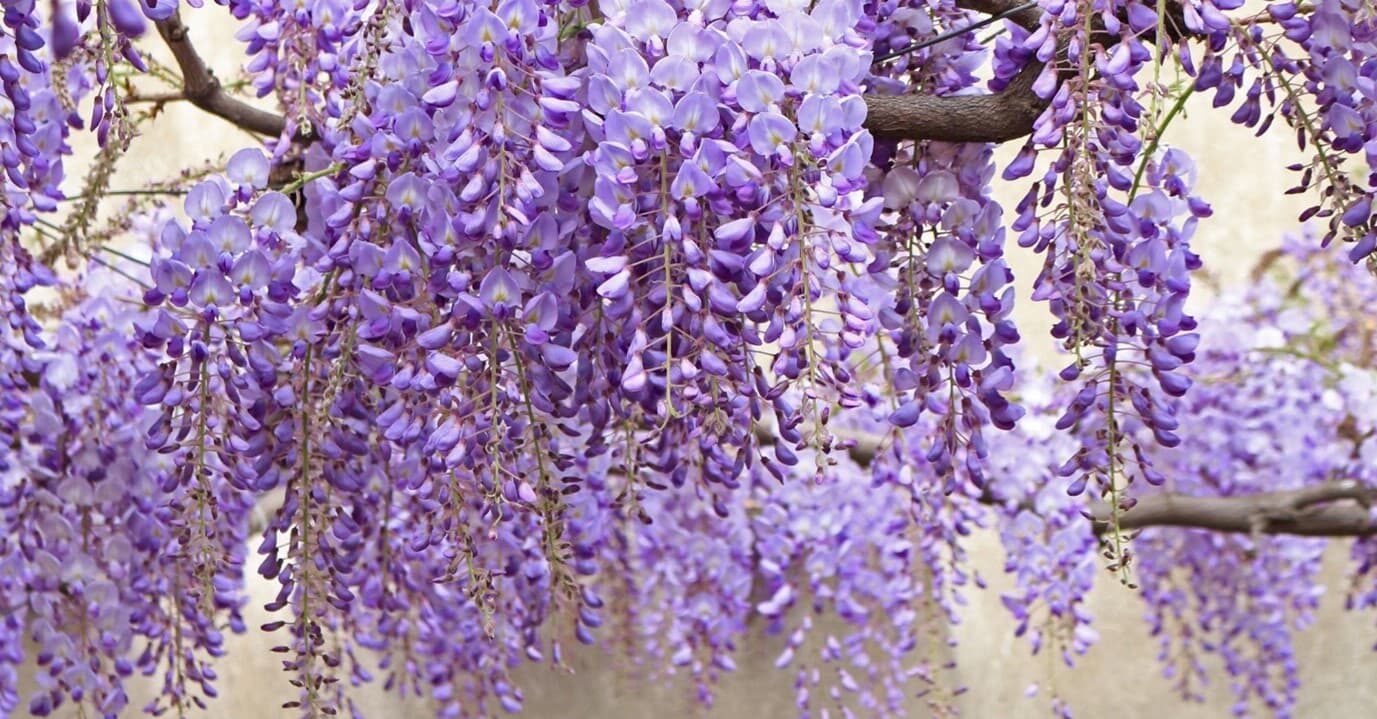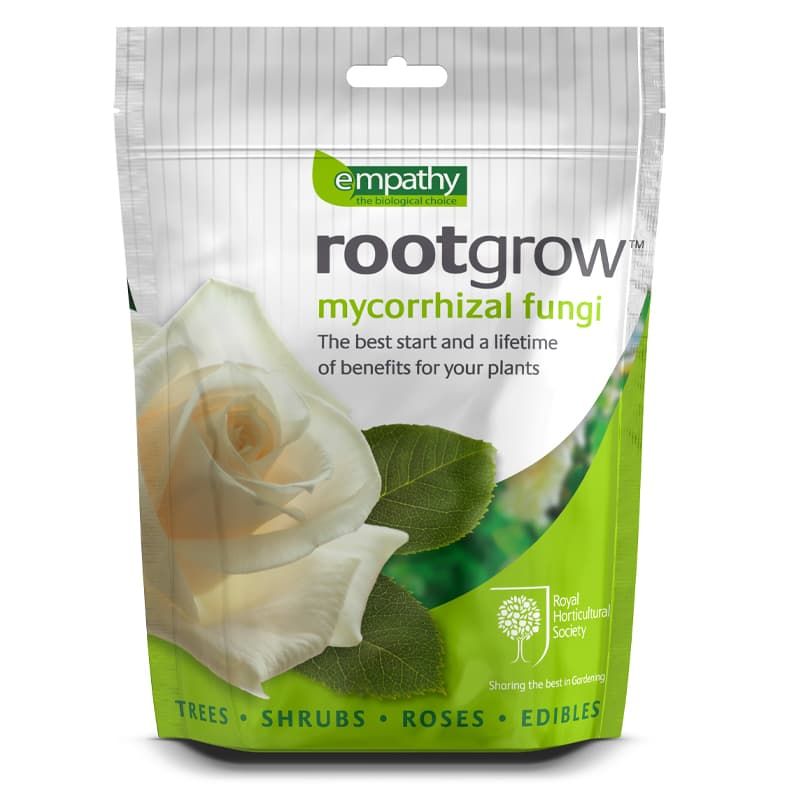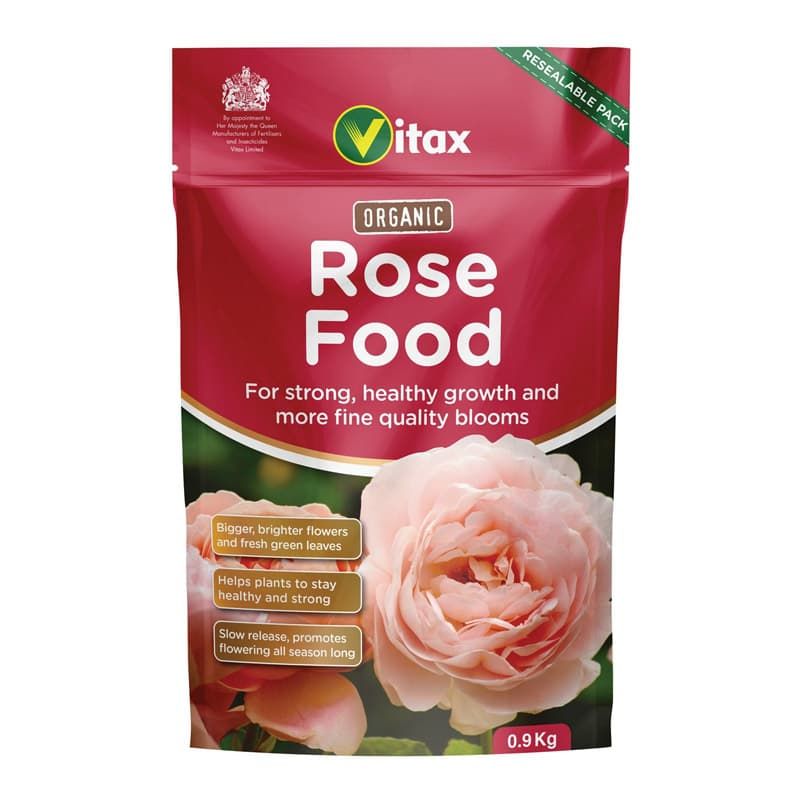What are climbing plants?
Climbing plants are plants that have evolved to grow up tall objects such as trees and other shrubs, usually to reach the brightest sun. In our gardens today we can use these climbing habits to beautify our own gardens by planting climbers to grow up obelisks, trellis, arches, walls and fences. They have the ability to bring much colour and joy to a garden and yet only use a small amount of ground space.
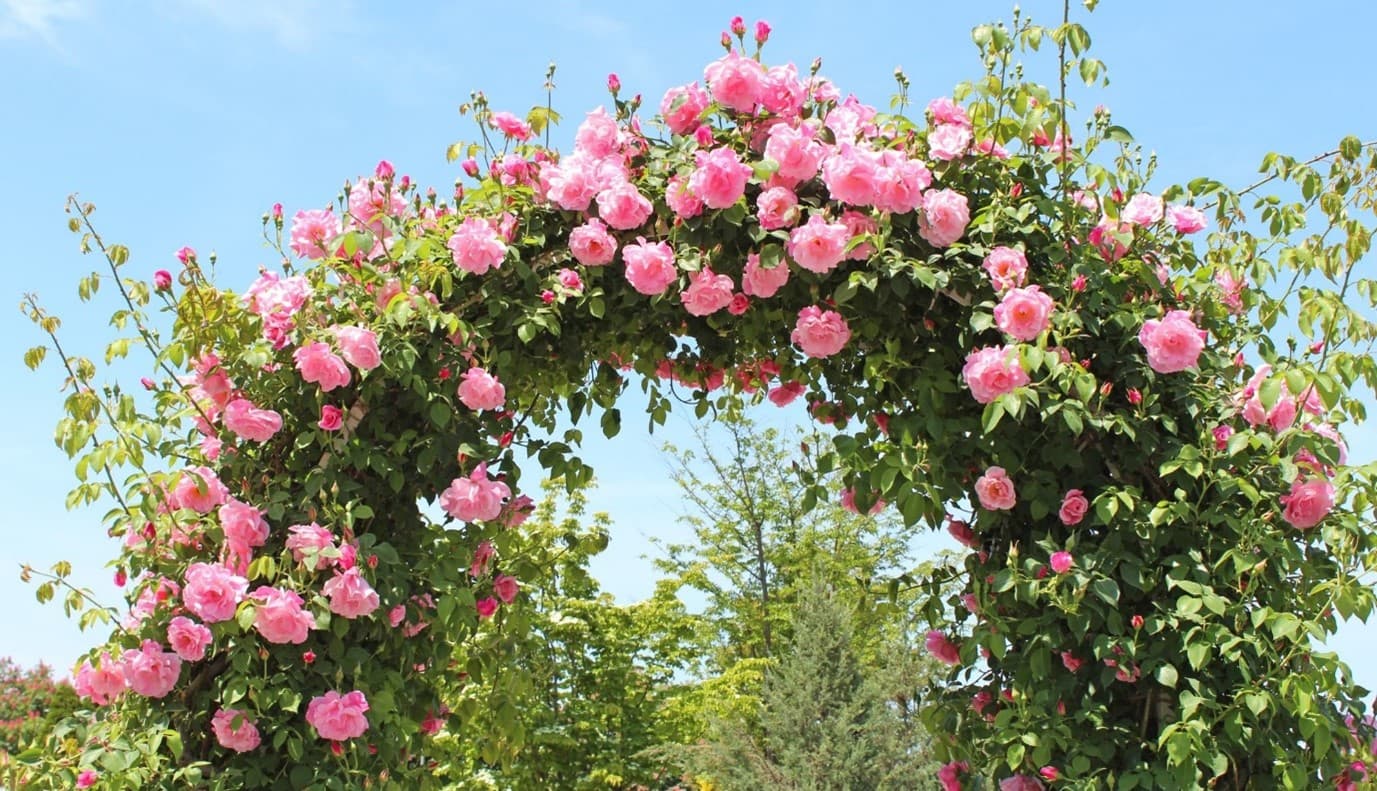
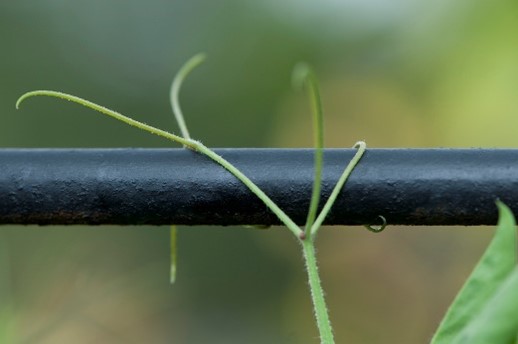
Some climbers will support themselves as they grow with the use of specialised stems or tendrils, thorns or aerial roots that attach to surfaces; ivy is a classic example. Others like beanstalks wind their whole stems around objects and supports. Other types of plant that are used to cover walls and surfaces need to be tied in to supports.
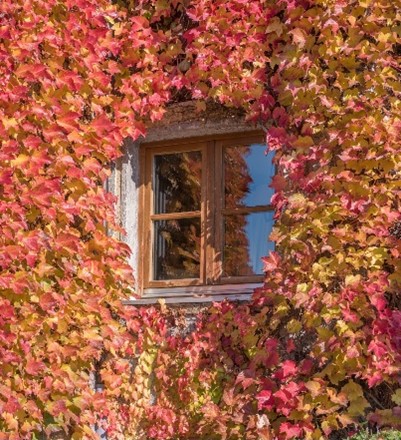
Climbing plants have been shown to have important environmental effects on buildings if trained on the walls. In winter evergreens add a layer of insulation helping to keep the building warmer and in summer they deflect the sun from the walls helping to keep the inside cooler. So planting climbers to grow on the outside of your house can actually save you money on your energy bills. Climbers and other plants which absorb the glare of the sun in summer help to cool outdoor spaces too reducing the ‘heat island’ effect.
How to Choose Which Climber to Grow
Decide where you want to grow your climber. Is it to cover an ugly wall or fence, is it to clothe an obelisk or to soften the hard lines of a pergola and provide some shade? How tall will it need to grow? Will it be growing in full sun, part shade or full shade? Consider what sort of soil you have: is your soil heavy clay, free draining and chalky or good and loamy or are you growing it in a pot? The answers to all these questions will determine what will grow best in your garden. By choosing an appropriate plant for the situation your chance of success will be high. There are so many to choose from that there will always be something to suit your garden.
Supporting your Climbers
Even if your chosen climber naturally twines around stems and supports it is necessary to encourage this process and guide stems to spread out evenly. Use soft twine and figure of eight knots to prevent stems rubbing on the supports.
Climbers growing through roses will need very little tying in as they will scramble naturally through the shrub. Most climbers however, will need some sort of support structure to cling or be tied onto. Fully grown climbers can be very heavy, so your support system needs to be sturdy. Options are: trellis attached to battens on a wall.
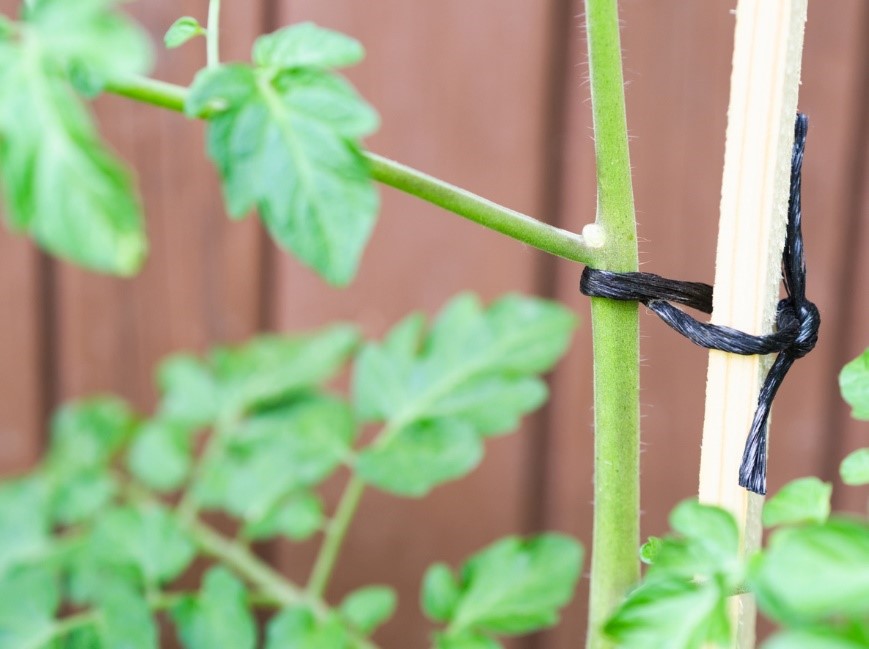
The battens hold the trellis 5cm away to allow twiners to get around it and allow some airflow. Trellis can also be attached with a hinge at the bottom and a hook at the top so that it can be folded out from the wall if access is needed. This is particularly useful if it’s attached to the side of a shed which will need painting with preservative at times.
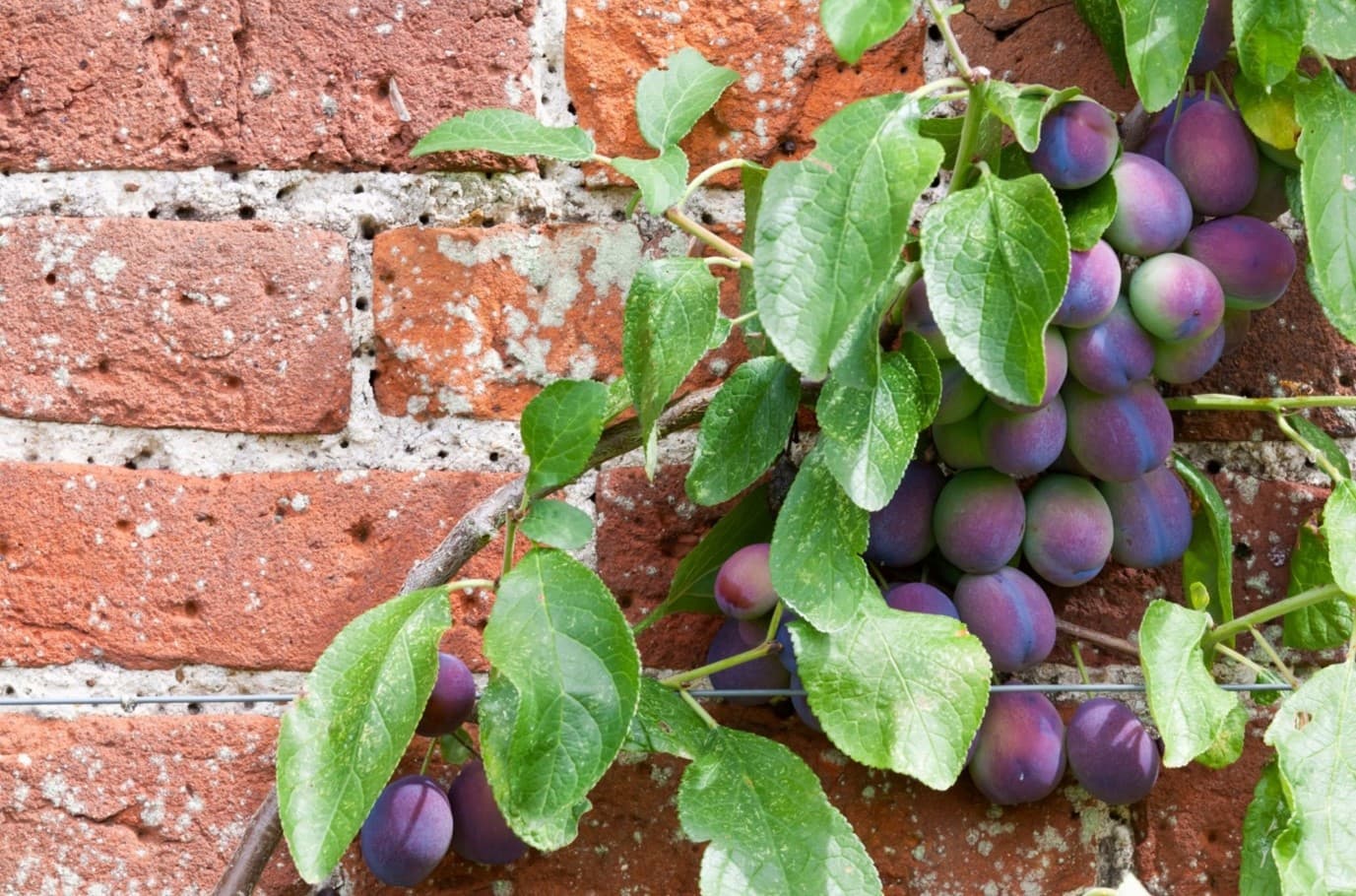
On brick walls you can fix horizontal wires in rows 45 cm apart on vine eyes no more than 2m apart. The bottom wire should be about 30 cm above the soil. Bamboo canes can be tied in to the wires to create a fan shape which is useful for helping to guide your plant to create a pleasing shape.
In sheltered areas away from strong winds trellis or wires can be strung between posts knocked into the ground. This is a useful way to divide up your garden into rooms, create a sense of mystery or just hide the bins.
Planting Climbers
If you are planting against a fence or wall, to avoid a rain shadow dig the planting hole 30 – 45 cm in front of the wall’s base and further out if there is an overhanging roof. Sprinkle mycorrhizal fungi (Rootgrow) in the hole to come into contact with the roots; this promotes stronger rooting helping the plant to establish well.
If you want your climber to grow through a large shrub or tree plant it at least 1 metre away, and use canes or wire to train the plant towards the trunk or branches. Avoid using clematis to cover dead tree stumps as they can become hosts for diseases such as honey fungus.
Many climbers look wonderful in a container with an obelisk or trellis at the back. Choose one at least 45 cm wide and deep and use a soil based compost such as John Innes No. 3. Mulch the surface to retain moisture and don’t let it dry out.
Ongoing Care
Many climbers are hungry thirsty plants and will be stressed by drought and for the first few seasons will need to be watered weekly. Once established you just need to water during particularly dry spells.
Feed flowering climbers in spring with a potassium/potash rich fertiliser like Vitax Q4 or rose fertiliser around the base to promote flowering and mulch on top to conserve moisture.
For flowering plants in pots feed weekly during spring and summer with a general purpose liquid fertiliser and every spring replace the top 5 cm of compost with a fresh layer adding a slow release granular fertiliser and mulch the surface.
During the growing season check your climber weekly for any growth that needs tying in. It is best to tie in loose stems to the supports where possible rather than to other stems. Plants where the whole stem twines around supports, such as runner beans and Ipomoea (Morning Glory), a figure of eight is not needed as stems should be in direct contact with the support to encourages the twining.
Most climbers will need pruning at some point, either because they have grown too big, or because pruning encourages more flowers. Keep the details of the climbers you choose so that you can look up what its specific needs are for pruning and aftercare.
Popular Climbers

Clematis come in hundreds of varieties which produce masses of beautiful flowers at different times of the year.

Lonicera (honeysuckle) are fantastic for wildlife and really suit a cottage garden look alongside roses.
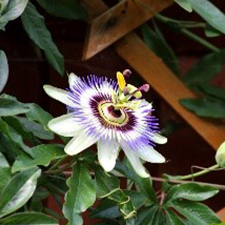
Passiflora (passion flower) have the most amazingly intricate stunning tropical looking flowers. May need some winter protection.
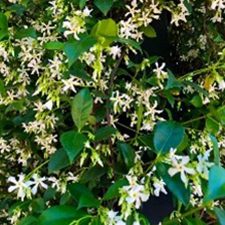
Trachelospermum (Star Jasmine) is an evergreen with incredibly scented white flowers in summer, perfect for surrounding patios or seating areas.
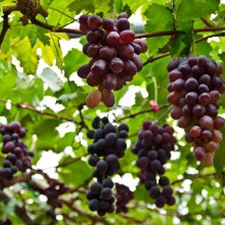
Vitus (Grape vines) you can grow ornamental, edible or wine varieties.
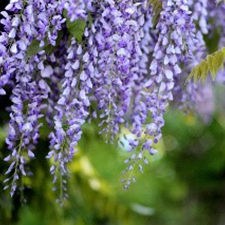
Wisteria are stunning in any setting with their long clusters of flowers hanging down.
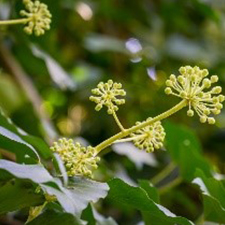
Hedera (ivy) if you have a solid wall in good condition ivy is fantastic for regulating the temperature inside your home. It is also one of the best climbers for a wide variety of wildlife. It is fantastic for a shady space. Keep it out of your gutters.

By our resident horticultural expert





